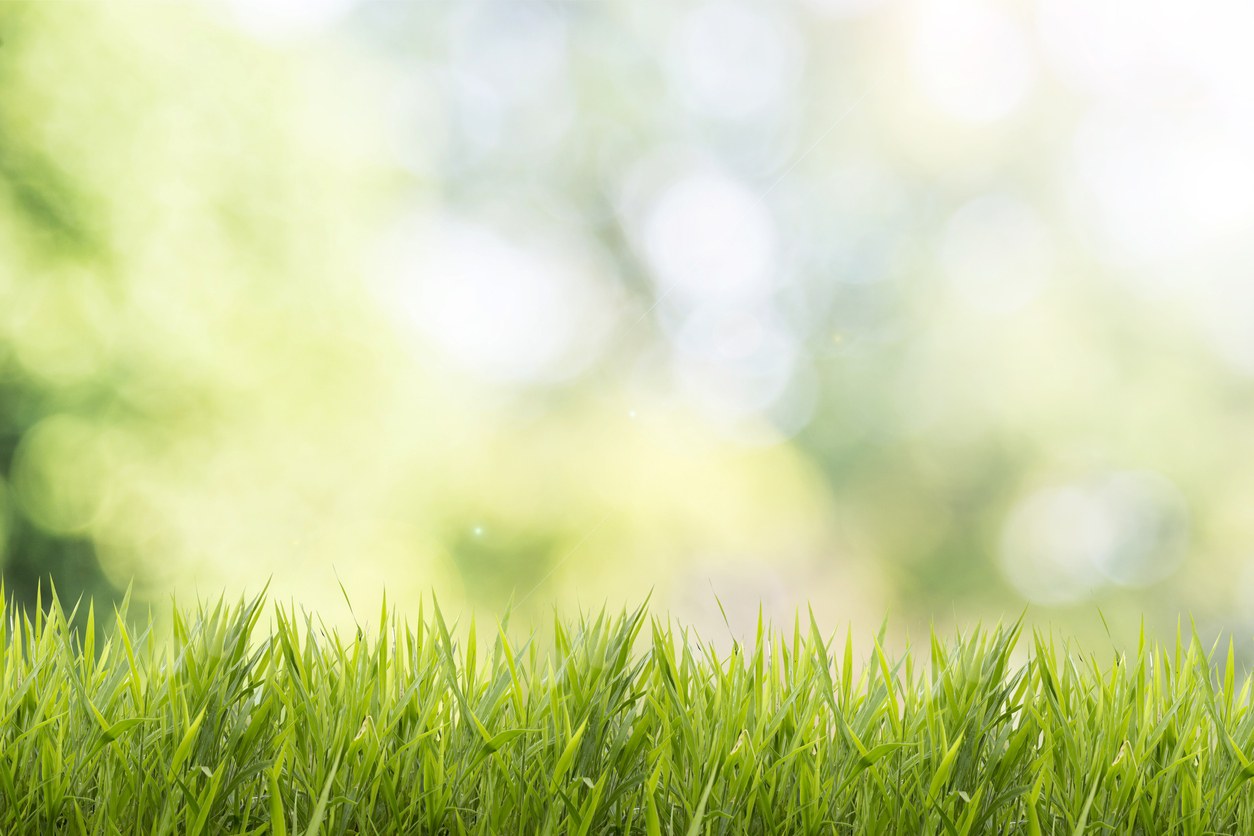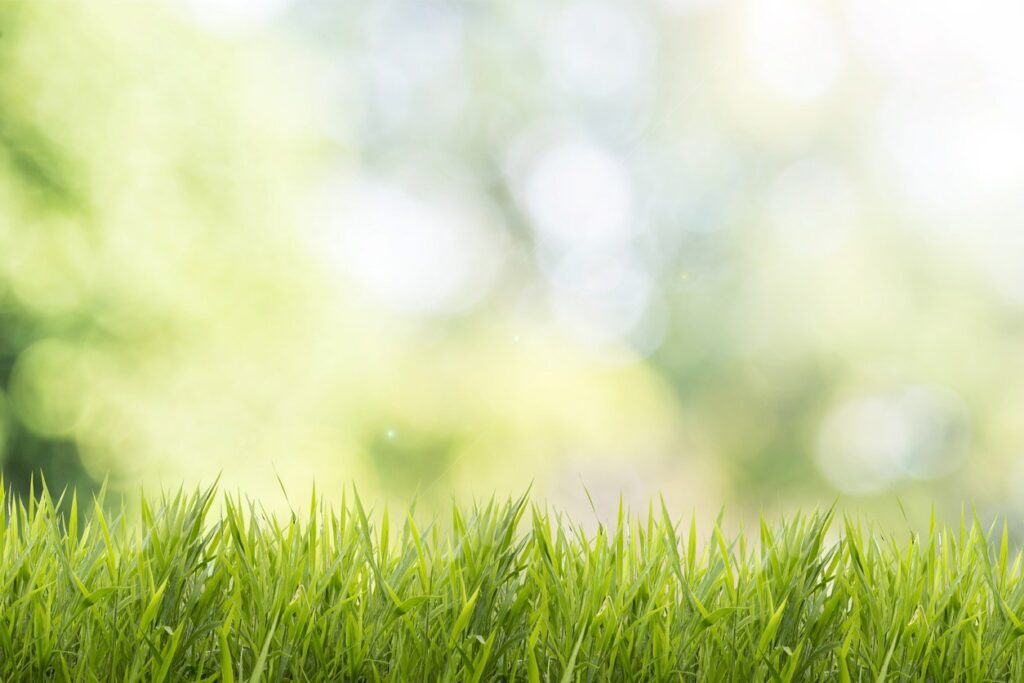Centipede Grass – How To Plant And Care For Centipede Grass In Your Lawn
Centipede grass in your lawn is the best testament of what a proud homeowner you are. It shows you care about the place. Not only does Centipede grass make your lawn look good, but it also increases the curb appeal and value of the property. This is the type of grass that immediately makes your lawn stand out in the neighborhood.
As is the case with most turfgrass, you need to know what you’re doing when planting it. This is not a flowering perennial that you can plant in a few minutes and hope for the best. Centipede grass needs a little more than just dig, plant, and water. It’s safe to say that they need maintenance all year round. This article covers everything you need to know about this exquisite grass.
Centipede Grass at a Glance
As a native of Southeast Asia, Centipede grass (Eremochloa ophiuroides) was first introduced to American lawns a little over a century ago. It can tolerate heat much better than other turfgrass varieties and keeps its apple green color throughout. In fact, the warm months of the summer are the best time for the grass to grow and show all its splendor.
This is why it’s called warm-season grass. But that doesn’t mean that it will do poorly in the cold months either. This perennial grass has admirable tolerance to cold weather conditions. It doesn’t degrade or lose its sheen no matter how long it stays on your lawn.
But that doesn’t mean that you can grow it in the northern parts of the country where the winters get freezing cold. Also if weather conditions won’t hold this grass back, soil conditions will. It usually requires sandy soil. If it’s a little acidic that’s even better. Heavy soil and clay suffocate the roots of the grass and stunt its growth. This is why the soil in Texas and California doesn’t support this grass. It’s too alkaline for its taste.
And while the grass can handle the heat and even tolerate the drop in temperature, it doesn’t do well in drought. Its shallow root system doesn’t penetrate the soil in search of water. Instead, it relies on irrigation or waterfall for all of its water needs.
Advantages of Centipede Grass
Like most turfgrass, Centipede grass has lots of advantages. It also has some disadvantages that cannot be ignored. Let’s talk about its upside first.
- This perennial grass requires less mowing than other turfgrass types. That’s good news if you don’t have the time or patience to mow your lawn every few weeks.
- While it flourishes in rich and slightly acidic soil, this grass is tolerant of all types of soil and pH levels as long as the soil isn’t heavy.
- Even if you plant it in poor or impoverished soil, it can still grow without the need for fertilizers or plant food supplements.
- While it doesn’t tolerate drought, this grass will go dormant as an act of self-preservation. So even though it won’t look good, it will spring back to life when you water it.
- Although it loves the sun and warm weather, it can still handle partial shade and doesn’t lose its color or impact its growth rate.
- Thanks to its slow growth rate, it doesn’t change color in the winter months as much as other turfgrass types. And you can also grow it from seed, sod, or plugs.
On the downside, the average color of the grass is a lighter green than other varieties. You have to rake it during the spring to get rid of the thatch. And while other varieties can grow on slopes, Centipede grass needs a perfectly even lawn to grow well. The grass doesn’t recover well and heavy foot traffic can cause damage that takes a long time to grow back.
Centipede Grass Alternatives
If you like the advantage of Centipede grass but don’t care much for the yellow-green shades or the slow recovery rates, you might consider other alternatives. Some of the Centipede grass alternatives include the following.
- Zoysia grass: A better alternative for your lawn since it has a uniform emerald green color and can tolerate both heat and cold weather. It is also drought-resistant, unlike Centipede grass.
- St. Augustine: A cultivar that was specifically developed to handle all types of soil including poor soil, slopes, and even drought. It does well even under heavy traffic and has better recovery rates.
- Bahia: Just as good as Centipede grass in terms of ease of planting and care. It is mainly pasture grass but it looks great on your lawn as well.
- Bermuda: A hardy type of turfgrass that doesn’t get affected by foot traffic. If you have a big family and lots of pets, Bermuda grass is the right one for your lawn.
How to Plant Centipede Grass
As with many other types of turfgrass, it’s not always easy to get it right the first time you plant Centipede grass. As we mentioned it requires your lawn to be flat for it to grow successfully. And you can grow it either from seeds or sod. Here’s how you can do it in easy steps.
- You can start it anytime from late Spring to early summer when the weather is warm and the soil is workable. This helps the seeds germinate fast.
- Till the topsoil of the whole lawn. Use a hoe to break the soil and loosen it to make it easier for the roots to establish.
- Spread one inch of enriched soil or organic compost over the lawn to give the seeds a good start.
- Use a spreader to sprinkle the seeds evenly. This is important to avoid barren patches later on.
- Rake the seeds into the soil.
- Water the soil and keep it moist. The seeds need moist soil to germinate so don’t let the lawn go dry.
- Water on a daily basis but don’t soak the lawn.
- When the seedlings are 2 inches high, cut down on irrigation.
Centipede Grass Care
Since you expect the perennial Centipede grass to last on your lawn for years, you need to give it as much attention and care as you can spare. As mentioned, there’s a lot of raking, watering, and weed control to take care of. But for all of that hard work, the grass rewards you with an immaculate lawn that gives you bragging rights among your neighbors.
Mowing
For any other turfgrass, mowing is a serious task that you have to set aside time for. But with the Centipede grass, regular mowing isn’t necessary. Thanks to its slow growth rate, you can get away with a few mowings throughout the whole year. Experts recommend that you keep the grass at one and a half inches to two inches tall for the best appearance. If you allow it to grow taller than 2 inches, thatch forms and becomes a serious problem. Always sterilize the mower blade before and after mowing to avoid spreading diseases. And for best results, you should only cut about one-third of the blades.
Foot Traffic
Centipede grass has two things going against it. It can damage easily if you have precocious pets, children, or a large family. And it has a slow growth rate which means it will take longer than other grass types to recover from that damage. So it’s always advisable to have paths on your lawn and keep people and dogs off the grass. All that wear and tear just puts a dent in your landscape and doesn’t reflect the amount of hard work you put into your lawn care.
Watering
Drought is by far one of the most serious problems your Centipede grass faces. Its shallow roots have to get its water out of rain or irrigation. It doesn’t go deep into the soil in search of the preserved moisture in there. So if you happen to forget to water your lawn, the grass will go dormant and turn brown. Not exactly the look you’re going for. At the same time, waterlogging brings different issues. Most lawn experts recommend that you wait for the grass to show signs of wilting and the leaf blades rolling. That’s when you should water it. When the grass is thirsty, the leaves get a gray-green color. An automatic sprinkler usually handles this job efficiently and takes the guesswork out of it.
Fertilizer
That’s another aspect of grass care that the Centipede grass excels at. It doesn’t need much fertilizer. And you should use a fertilizer low in nitrogen since too much nitrogen does more damage to the grass than good. On average you should only fertilize it twice a year during the growing season. The first in mid-spring and the second application in mid-summer. Use a slow-release organic fertilizer that keeps the grass nourished over a period of 6 to 8 weeks at a time to avoid unusual growth spurts in some areas of the lawn.
Weed and Other Issues
While weed is a common issue with plants of all types, it poses a particularly pesky problem in a lawn that needs to look its best at all times. One of the main issues you’ll often have to deal with is crabgrass. It attacks the lawn in the summer and creates unsightly patches that stick out like a sore thumb. Another problem is fire ants. In either case, you’ll need to use a good insecticide to get rid of these pests. However, you should never apply these weed control solutions when the grass is dormant. Either the spring or summer are the best times to go after crabgrass and fire ants. If you use a herbicide on the dormant grass, it could kill it and leave bare patches in your lawn.

